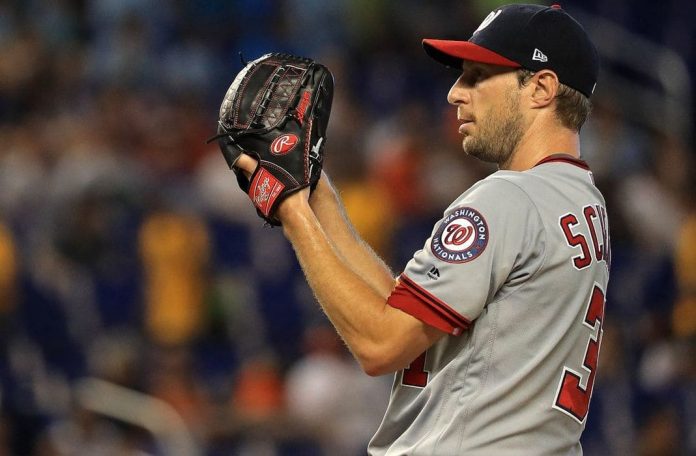In 1883, Charles “Old Hoss” Radbourn pitched in 76 games, while starting in 68 of those appearances. 66 were complete games. He finished the year with a 48-25 win-loss record. One year later, in 1884, he set the still-standing record of 59 wins in a season, throwing a complete game in each of his 73 games started. Radbourn’s career began at age 26 and finished at age 36, maybe, or maybe not, from a little arm soreness. In 1883, a win-loss record was what set pitchers apart.
It’s safe to say the game has changed a bit, and we no longer call “Old Hoss” Radbourn the best pitcher in the pros.
In an age of technology and new statistical measurements of success, as well as lack thereof success, managers and evaluators such as scouts and GMs have found different ways to value players. Not just newer age stats, like adjusted earned run average (ERA+) and run support per 9 innings (RS/9), but also the increased awareness and perceived importance of earned run average (ERA) and walks and hits per innings pitched (WHIP). With these newer stats and additional information available to GMs and coaches alike, the win-loss record holds less weight to organizations.
First, a quick explanation of some more important pitching statistics for the more, say, under-informed or casual baseball fans. Yes, an earned run is different from an unearned run. An earned run is scored “conventionally,” with no errors to help the runner score or advance bases. To coincide, an unearned run is a run scored with errors. With that being said, an earned run average is all the earned runs that a pitcher gave up in a specific amount of measured time, divided by the number of innings pitched in that time, then multiplied by the innings played, which for the MLB is 9.
For example, If Clayton Kershaw throws 9 innings in a game and gives up 2 runs, his ERA for that game is 2. If he pitches 6 innings and gives up 3 runs, his ERA is 4.5. Follow? Neither do I. But it does show how successful a pitcher is without accounting for how poorly his defense played behind him.
For walks and hits per innings pitched, or WHIP, the equation is much more simple. To calculate WHIP, find the number of walks and hits in a set amount of innings, add the walks and hits and divide it by the set amount of innings. If TPR gives up 15 hits and walks 15 guys in 1 inning of his Sunday League game, he needs to be removed from the game immediately, go to the nearest hospital and receive Tommy John surgery as fast as humanly possible.
Oh, and he has a 30.00 WHIP.
The main reason the value of the win-loss record for a starter has been diminished is the realization that the starter often doesn’t have control over the win.
Max Scherzer threw a gem of a game two weeks ago against the Mets. He went 8 innings, recorded a stellar 11 strikeouts and gave up just 3 hits and a walk. Unfortunately, 2 of the 3 hits were followed by errors, eventually leading to 3 unearned runs. The Nationals lost 4-1 in the end, and Scherzer received a loss in one of the best pitching performances in his career.
He has no control over Bryce Harper fielding a routine fly ball with his forehead, or Trea Turner throwing a double-play ball into an empty seat in the sixth row on the first base side. In the times where Scherzer (or any starter) struggles, his ERA or WHIP or most stats could be hit hard. With that being said, the starter could give up 6 runs and a handful of hits in just 6 innings, but find himself with a win after his offense produces more than 6 runs before he leaves the game.
Have new-age pitching stats snuck into the game for the better? Yes. Can they always be relied on? No. Is a 20-win season going to become rare? Yes, but that’s another story. Will TPR ever bounce back from giving up 15 hits in one inning? Doubtful.

